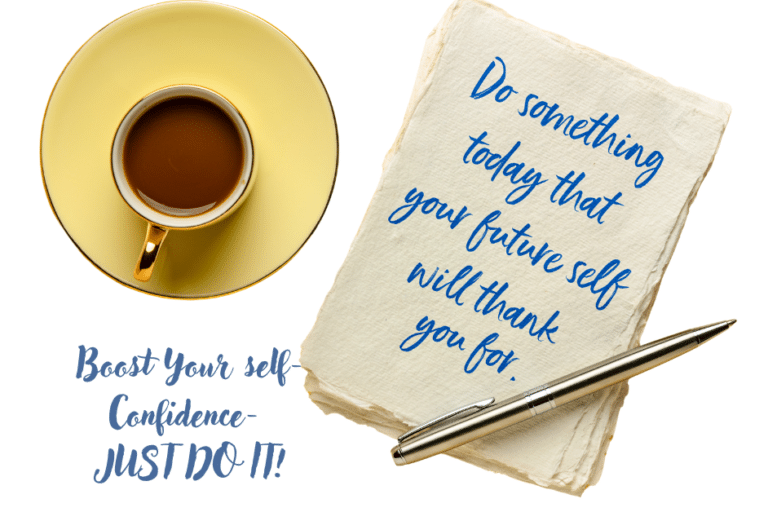7 Steps To Break Bad Habits

7 Steps To Break Bad Habits
We all have habits, some good and some not-so-good. These are behaviors that we’ve learned and that occur almost automatically. And most of us have a habit we’d like to break, or one we’d like to develop.
Breaking bad habits can be challenging, but not impossible. There are many strategies that can help you overcome harmful habits and keep them away for good. Especially those habits that are not good for healthy living.
We unconsciously get into routines that cause us to make habits that can later cause us concern and the need to change something that is causing conflict within our lives.
It can take a while to break a habit and it varies from person to person. Some research indicates that it takes 30 to 60 days, while others have indicated anywhere from 18 to 254 days. With that in mind keep reading and find some helpful hints on how to start the process.
Analyze Your Distinct Behaviors And How You Will Move Forward *How To Build Self-Discipline
- Quit cold turkey. This means stopping the bad habit completely and immediately, without any gradual reduction or substitution. This can be very difficult, but also very rewarding, as you prove to yourself that you are capable of making changes.
- Change your habit loop. This means identifying the four components of your habit: the cue, the craving, the response, and the reward. Then, you can modify one or more of these elements to create a new and healthier habit.
- Make your habit inconvenient: Bring your unconscious or ignored habits to your awareness.
- Replace the bad habit: It’s easier to replace a bad habit with a better one than to stop cold turkey.
- Map out your habit loops: Understand the psychology of habits.
- Prepare for slipups: Ending a habit can be challenging.
- Reward yourself: Rewards can help you stay motivated.
- Start small: Try to address habits that go together at the same time.
However, that can depend upon knowing when and where your habit shows up and knowing the consequences that can occur.
Here Are Some Steps to Consider
- The first step is to set your goal: Especially when you are trying to stop or break a habit, you should try to phrase your goal as a positive statement. For example, instead of saying “I will quit snacking at night”, say “I will practice healthy eating habits”. You should also write down your goal. Committing it to paper helps you to commit. It can also help if you tell your goal to someone you trust.
- Decide on a replacement behavior: (If your goal is to develop a new habit then your replacement behavior will be the goal itself.) This step is very important when you are trying to break a habit. If you want to stop a behavior, you must have a superior behavior to put in its place. If you don’t, the old behavior pattern will return.
- Learn and be aware of your triggers: Behavior patterns don’t exist independently. Often, one habit is associated with another part of your regular routine. For instance, if you want to lose weight and need to stop snacking; the trigger may be late-night television or reading. You automatically grab a bag of chips while you watch. Many people who smoke automatically light up after eating. Think about when and why you do the thing(s) you want to quit.
- Keep notes of reminders to yourself: You can do this by leaving yourself notes in the places where the behavior usually occurs. Or you can leave yourself a message on the mirror, refrigerator, computer monitor, or some other place where you will see it regularly. You can also have a family member or co-worker use a particular phrase to remind you of your goal.
- Get help and support from someone: This is kind of obvious. Any job is easier with help. It works even better if you can form a partnership with someone who shares the same goal.
- Write daily affirmations: Write your phrase or sentence in the present tense (as if it were already happening), and write it ten times a day for twenty-one days or how long you need to. This process helps make your goal a part of your subconscious, which will not only remind you to practice the new behavior but also keep you focused and motivated.
- Reward yourself for making progress at set time intervals: Focus on your goal one day at a time, but give yourself a small treat at one, three, and six months. The rewards don’t have to be big or expensive, and you should try to make it something that’s associated in some way with the goal. Doing this provides you with both incentive and extra motivation.
Summary
Following these steps is no guarantee of success of course, as all habits are different and unique just like the individual. Depending on the habit it may take several tries to finally make the change. But if you stick with it, you can do it.
Additional Reading: Breaking Bad Habits






